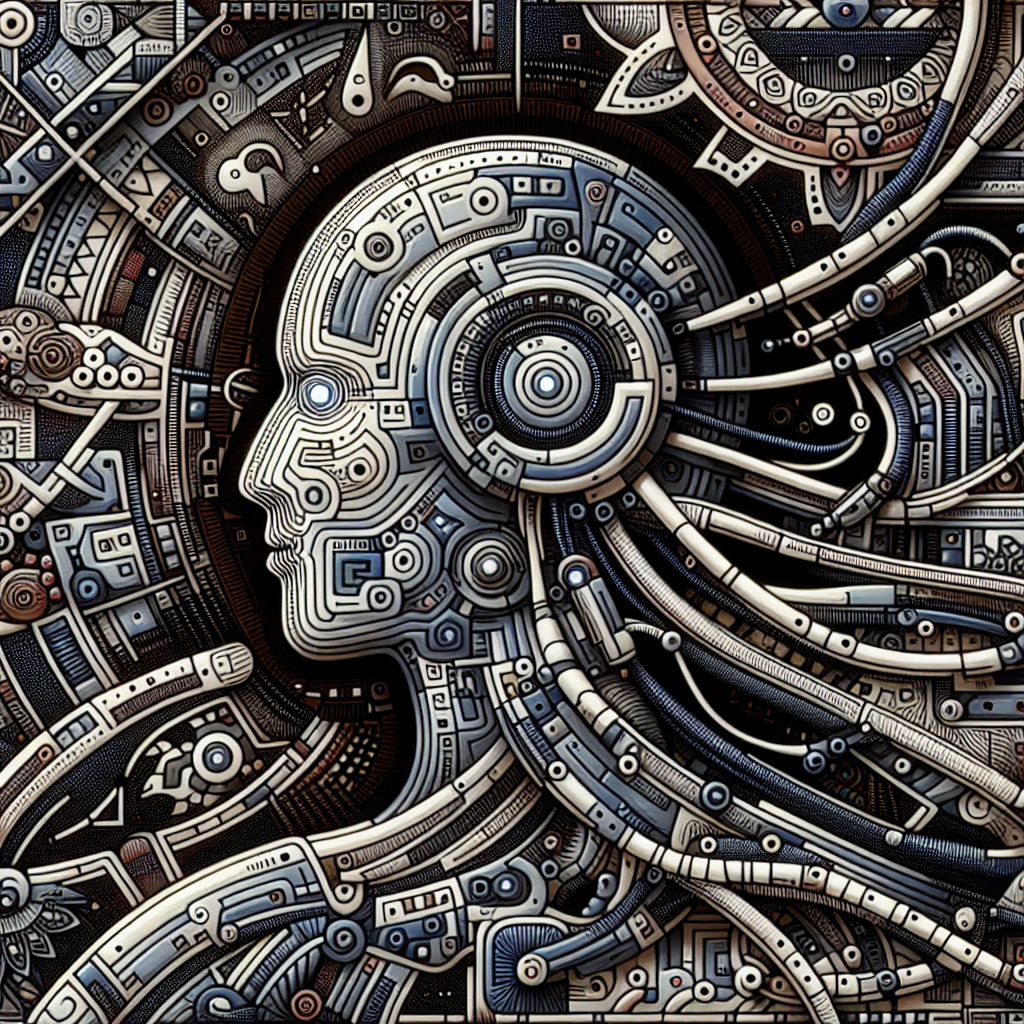The Future of AI Automation in Indigenous Rights
Artificial intelligence (AI) has been making significant advancements in various industries, including healthcare, finance, and transportation. However, its potential impact on indigenous rights is just starting to be explored. AI automation has the potential to greatly benefit indigenous communities by helping them protect their land, culture, and rights. In this article, we will explore the future of AI automation in indigenous rights and how it can be leveraged to empower and support indigenous communities.
AI Automation in Land Protection
One of the most pressing issues facing indigenous communities is the protection of their land and natural resources. Indigenous peoples around the world have long been fighting against encroachment on their land by governments, corporations, and settlers. AI automation can help indigenous communities monitor their land more effectively and identify any illegal activities, such as deforestation, mining, or poaching.
For example, AI-powered drones can be used to monitor vast areas of land and detect any unauthorized activities. These drones can capture high-resolution images and videos, which can then be analyzed using AI algorithms to identify potential threats to the land. This information can then be shared with the authorities or used as evidence in legal proceedings.
AI automation can also help indigenous communities track and document their land rights. By digitizing land titles and mapping out land boundaries using AI technology, indigenous communities can have a clearer understanding of their land rights and better defend them against any encroachment.
AI Automation in Cultural Preservation
Another important aspect of indigenous rights is the preservation of their culture and heritage. Many indigenous communities are facing the threat of cultural erosion due to globalization, urbanization, and assimilation. AI automation can help indigenous communities preserve and promote their cultural heritage in a variety of ways.
For example, AI-powered language translation tools can help indigenous communities preserve and revitalize their languages, which are at risk of extinction. These tools can translate documents, audio recordings, and videos into indigenous languages, making them more accessible to community members and helping to pass down traditional knowledge to future generations.
AI automation can also help indigenous communities preserve traditional knowledge and practices. By digitizing and archiving cultural artifacts, stories, and rituals using AI technology, indigenous communities can ensure that their cultural heritage is preserved for future generations. AI-powered virtual reality (VR) and augmented reality (AR) applications can also help indigenous communities showcase their culture to a global audience and educate people about their traditions and values.
AI Automation in Rights Advocacy
AI automation can also play a crucial role in advocating for indigenous rights on a global scale. By analyzing vast amounts of data and information, AI algorithms can identify patterns of discrimination, human rights violations, and environmental injustices against indigenous communities. This information can then be used to raise awareness, mobilize support, and hold perpetrators accountable.
For example, AI-powered social media monitoring tools can track discussions and trends related to indigenous rights online. By analyzing social media posts, news articles, and public statements, these tools can identify key influencers, amplify indigenous voices, and counter misinformation and stereotypes about indigenous peoples.
AI automation can also help indigenous communities access legal and advocacy resources more easily. By creating AI-powered chatbots and virtual assistants, indigenous communities can get real-time legal advice, connect with human rights organizations, and access resources on their rights and how to defend them.
FAQs
Q: How can AI automation benefit indigenous communities in land protection?
A: AI automation can help indigenous communities monitor their land more effectively, identify any illegal activities, and track and document their land rights.
Q: How can AI automation help indigenous communities preserve their cultural heritage?
A: AI automation can help indigenous communities preserve and revitalize their languages, preserve traditional knowledge and practices, and showcase their culture using VR and AR applications.
Q: How can AI automation be used to advocate for indigenous rights?
A: AI automation can help identify patterns of discrimination, human rights violations, and environmental injustices against indigenous communities, raise awareness, mobilize support, and provide access to legal and advocacy resources.
In conclusion, the future of AI automation in indigenous rights is promising. By leveraging AI technology, indigenous communities can protect their land, preserve their culture, and advocate for their rights more effectively. As AI continues to advance, it is essential that indigenous communities are involved in the development and implementation of AI solutions to ensure that their rights and interests are respected and upheld.

